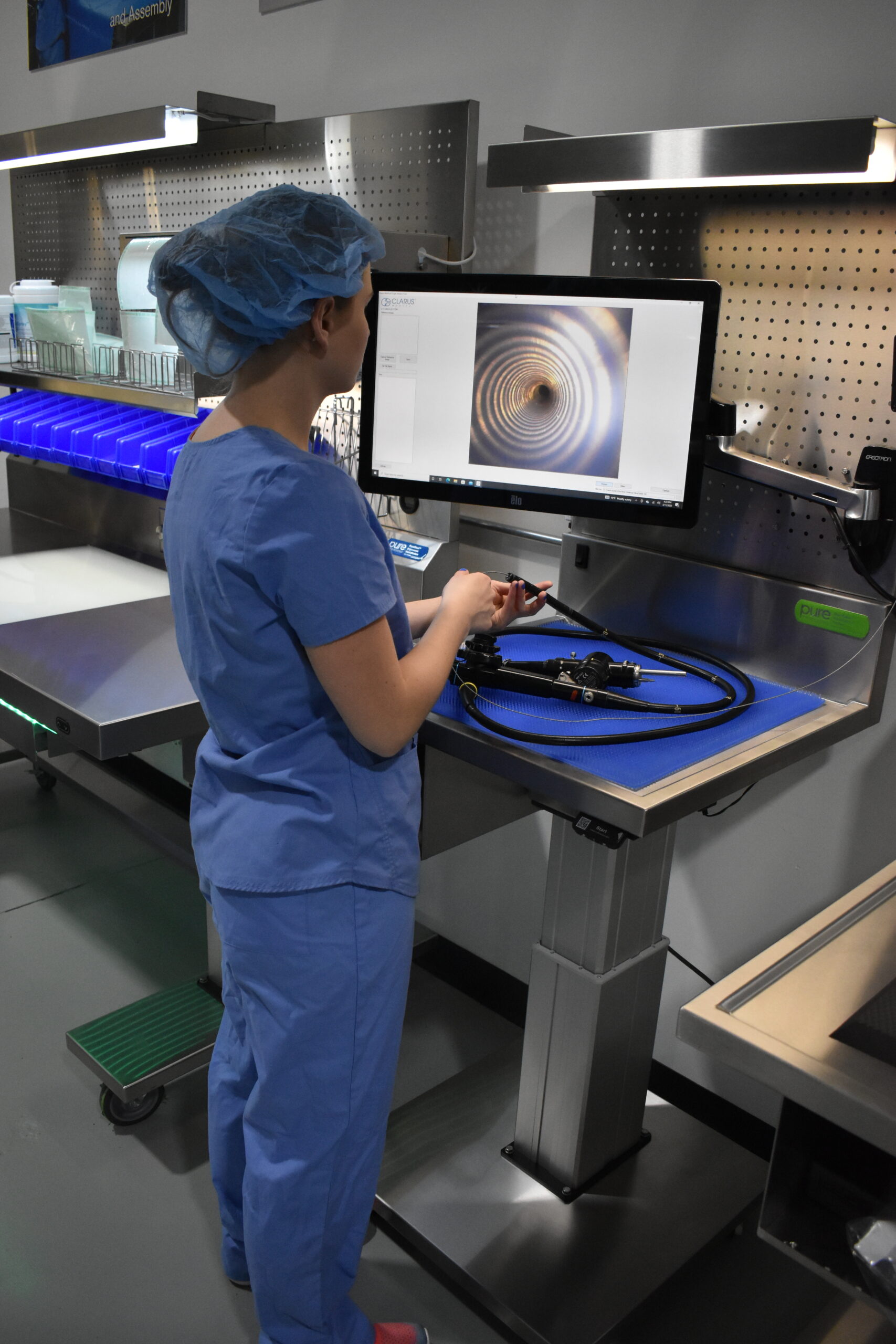
Department Scorecards and Metrics: How to Build Meaningful Scorecards
In March, our Voice of the Customer (VOC) Committee gathered to discuss a topic that can play a critical role in sterile processing departments but often gets overshadowed: Data. Gene Ricupito, Senior Project Manager, Sterile Processing at UCSF Health graciously offered his time, experience, expertise, and resources to Pure Processing to outline how to create a great departmental scorecard.
Scorecards aren’t something we hear much about in our day-to-day lives. Your first thought might be the scorecard waiting for you in a golf cart at the start of a round! But scorecards for sterile processing departments are something else entirely.
Let’s cover some terminology/ideas before we dive in:
Scorecards are a compilation of meaningful information that help determine the health and productivity of a department.
A metric is a descriptive statistic, indicator, or figure used to describe or measure an activity or performance quantitatively.
Metrics can reported in two ways:
- Directly observed
- System derived (such as from a tracking system)
A Key Performance Indicator (KPI) is a quantifiable measure used to determine the success of a department or activity. They can be lagging (look at results achieved), or leading (activities that lead to results).
Determining What’s Important
The first step to developing a scorecard for your department is determining which metrics and KPIs are important to you. While there is some variance, many departments will generally want to view similar information to determine the health of their department. Some beneficial information to include for daily review could include:
- Case carts built
- Total cases supported
- Average backlog
- Sets incomplete
- Throughput
- Loaners received
- Staff present
- Various equipment issues
Another consideration is building a separate tool to track daily, weekly, and monthly averages for critical metrics to analyze changes and trends over time.
Defining Your Metrics
With your metrics decided, the next step to take is adequately define them. Defining what your metrics mean and how they’re measured has several benefits:
- Your team understands how to collect each metric for accurate reporting.
- Each team member knows what your metrics mean and what they represent in terms of performance.
- Data collection will remain consistent over time, allowing for accurate analysis of the metrics you’ve decided to track.
Configuration
It’s important to lay out your scorecard in a practical, easily understood way. This ensures that interpretation of your data is seamless and straight-forward. Breaking your scorecard into sections that allow for totaling and easy reference will allow you to quickly find information you want to review, explain to others, or further explore.
Using rows for data type and columns for dates provides a broad picture of performance over time. Customizing reports to highlight improving or declining trends on a weekly basis can help managers zero-in on where to focus and what to pay attention to.
Sharing Your Scorecard With Your Team
While many of the metrics managers will want to track provide them with insights into their departments, scorecards can also be used to motivate your team and define expectations.
Conducting a shift huddle at the beginning of every shift allows a department to:
- Get a status update following the previous shift.
- Know what needs to be accomplished in the coming hours.
- Learn where to focus their energy.
- Allocate resources appropriately to accomplish the tasks at hand.
Further, sharing the information contained on a scorecard can help teams get a better understanding of their impact, and acknowledge when they’re doing a great job. Similar to the “X days without an injury” signs in manufacturing or production plants, sharing information about department performance in a broad, visible setting can enhance the sense of being a team and working to maintain momentum.
Conclusion
This introduction to building and configuring a scorecard for a reprocessing department is just the tip of the iceberg! As you begin using your scorecard to improve your department and gauge its health, more ideas are likely to come to you. Data has many uses and the tracking systems many sterile processing departments use have powerful reporting abilities that can give you a tremendous amount of insights into your department.
Interested in exploring other data-related blog posts? Check these out:
https://pure-processing.com/blog/studying-your-department-where-to-start-and-how-to-gather-data/
About: Voice of the Customer Committee
The Voice of the Customer Committee is a panel of healthcare and instrument reprocessing professionals who have graciously donated their time to share their expertise and guidance on current challenges faced by the instrument reprocessing community. Through sharing their insights, experiences, and best practices, we have been given the opportunity to share these findings with our readership. We’d like to thank our VOC members for their outstanding input and insights, as well as their time! Thank you for your continued partnership, and all you do.





